How to Find a Hungry Audience and Get Your First 1000 Email Subscribers
When it comes to starting a blog, or any type of online venture for that matter, one of the first things you’ll need to know is who you’re creating content for. If you understand who your audience is, you’ll be able to see the world through their lens and present them with an effective value proposition. This is the first step in creating an avid following and getting your first one thousand email subscribers.
The whole purpose of understanding who your audience is is so that you can create content that speaks to them. I’m not talking about content that they just relate to, but content that meets very specific needs in their lives. Once you understand your audience’s goals, behaviors, and what drives them, they’ll be lining up to get their hands on your content.
So, where do you find a hungry audience? Great question! Let’s take a closer look at how to find an audience, learn more about them, and give them content that keeps them coming back for more. Before you know it, you'll be on your way to your first one thousand email subscribers.
Utilize Social Media
What does an African safari have in common with your audience? Well, a lot actually. If you watch any African safari documentary, you’ll more than likely see a clip of animals gathered around a watering hole. This is typically where they congregate to mingle and grab a quick drink of water.
The same principle can be applied to finding a hungry audience…or thirsty audience in this scenario. The watering hole is simply an analogy for the location of where your audience hangs out.
But what if you don’t know where your audience hangs out?
Easy, just take a look at what you’re blogging about (or plan to blog about). What’s the main idea of your blog? Whatever it may be, I can almost guarantee you that there’s some sort of social media group dedicated to that very topic.
For example, let’s say your blog is about running. If you go to Google+, and search through the communities section, you’ll find an active community that’s filled with multiple posts and content dedicated to nothing but running. These posts are submitted by actual people who share a strong interest in what you're blogging about. This is your hungry audience.
As you browse through the page, you can gain some valuable insight as to the demographics, behaviors, and topics that the group is interested in. This is free market research, and it gives you an edge on your content strategy.
Also, let's not forget about the other social media networks. Remember to browse through Facebook pages, Twitter lists, and Instagram hashtags to get a better idea of how an audience behaves. Leveraging these free social media resources can give you some quick wins when it comes to market research.
Go to the watering hole and you’ll find a collective group individuals with the same interests. From there, you can start to gather information and gain a better understanding of your target audience’s goals, behaviors, and desires. This is the first piece to crafting an effective value proposition and building your email list.
Gather Information
Now that you know where your audience hangs out, it's time to start gathering information. There are many ways to gather information from a particular group of people, but not all groups respond the same way. That’s why it’s important to understand how your audience likes to communicate before you start collecting intel.
If you’re looking for a quick win in the information gathering phase, I recommend revisiting the social media groups that are dedicated to your blog topic. As I previously mentioned, you can gain some valuable insight on a particular audience within a Google+ community. With that being said, let’s take a closer look at the Google+ running community.
Filter through different aspects of the community and niche down to find your target audience. As you can see, this particular community has a wide range of topics that relate to running.
Connect with other members. These Google+ communities are filled with hundreds of thousands of like-minded individuals. This is a great way to connect and learn exactly who your audience is.
Collect ideas for future blog posts by viewing the comments and posts within the Google+ community.
Create an Online Survey
Another way to gather information is through online surveys. This is obviously easier to do if you already have an existing email list, but it’s still possible if you haven’t started to build your list yet. Either way, whenever you survey an audience, you’ll gain a deeper understanding of their interests, receive feedback, and collect statistics for future blog and social posts.
Creating online surveys is easy with Survey Monkey. This site is a dedicated survey platform that helps you create surveys, analyze data, survey a target market, plus a whole lot more. You can start gathering some pretty powerful information, and it doesn’t cost anything to get started. They also offer pre-made survey templates if you’re having trouble coming up with questions to ask.
Here are some quick survey questions to get you started. Remember, these are just example “persona” questions, but you get the idea.
- How old are you?
- What’s your gender?
- What’s your highest level of education?
- Which category best describes your employment status?
- Are you married, widowed, divorced, separated, or never married?
- Do you have children?
- What’s your yearly income?
- How do you learn about new information?
- What publications or blogs do you read?
- What social networks do you participate in?
- What are your biggest challenges?
- What motivates you?
It’s also important to use incentives when you’re trying to recruit people to actually take your survey. This won’t always be necessary, but incentives can increase engagement among the population you're surveying.
Review the Data
Now that you’ve collected information from your audience, it’s time to review the data and devise a strategy based off of your findings.
Combing through the numbers isn’t always fun, but it tells a story about who your audience is. It’s also extremely valuable to your blog’s content strategy and value proposition.
For example, let’s take a look at a case study I did on one of my niche sites. I was debating whether or not to create an ebook, a video, or a membership site dedicated to this particular audience.
As you can see, the data told me not to focus on just one aspect of the niche site, but all three. This was some powerful information that allowed me to fully meet the needs of my audience.
Another way to review data is through Google Analytics. If you’re unfamiliar with Google Analytics, it’s a service that’s offered by Google that allows you to monitor and track your blog's traffic (among many other things).
There is a bit of a learning curve associated with Google Analytics, but once you add the tracking code and get used to the dashboard, you'll gain some valuable insight on your blog's audience.
The Audience Overview is an effective report that provides insight into the various characteristics of your audience such as demographics, devices used, interests, location, and much more.
Present a Value Proposition
You’ve discovered where your audience hangs out. You’ve gathered valuable information pertaining to their likes, dislikes, behaviors, and desires. You’ve studied and observed the results. So, now it’s time to create a value proposition that will not only draw your audience in, but keep them coming back for more.
Your value proposition should connect the dots and help your audience solve a problem. Plain and simple. Based off of your research, you should have a pretty good idea of what your audiences’ pain points are. From there, try to formulate a solution to their problem.
Be sure to recognize how your audience digests information as well. You don’t want to spend a bunch of time creating content if it isn’t going to be well received by an audience. Always create content that's tailored to your audiences’ preferences.
My eBook, “The Blog Starter Kit”, not only presents value to my audience, but it's also my lead magnet.
Your value proposition can come in many forms, but it’s basically how you present value to an audience. This can be in your blog posts, ebooks, video courses, white papers, newsletters, etc. Don’t be afraid to combine these mediums either. The more access to value you allow is a mutually beneficial strategy.
Create Multiple Content Distribution Channels
Distribution channels are exactly what they sound like. Simply put, they’re ways to distribute content to your audience. The most effective content distribution channel, in my opinion, is a blog.
Having a blog allows you to consistently produce and publish content of various mediums to a hungry audience. A blog is different than a website because it’s not static. It’s constantly changing and distributing information aimed at a particular audience.
Another great benefit to having a blog is that you can incorporate other distribution channels within the format. For example, I’ve included videos from my YouTube channel throughout my entire blog.
Just like your value proposition, don't be afraid to combine your content distribution channels. Podcasts, social media, blogs, vlogs, webinars, and etc. Mix it up and give your audience different ways to consume your great content.
Having multiple distribution channels, such as video, presents creative ways to display content content and is proven to increase audience engagement.
Give Your Audience a Way to Opt-In
You've discovered where your audience hangs out. You've observed them and collected some valuable data. You've determined a value proposition that meets their specific needs. You've created some killer content and you're starting to generate some traffic to your blog. Now what?
Now it's time to start building your list and earning your first one thousand email subscribers. But in order to do that, you'll need an opt-in form.
The opt-in form goes hand-in-hand with your free offer a.k.a. your lead magnet. As I previously mentioned, the only way people can access your free offer is if they give you their email address. Having an opt-in form throughout your blog, and landing page, is the most efficient way to collect email addresses and grow your list.
You have a lot of options when it comes to what type of opt-in form to use on your blog. Some people have “pop-ups” or “slide-ins” (this is when you visit a site and the opt-in form pops up on your screen or slides in at the bottom left or right-hand side of your screen), some people have opt-in forms placed in various spots on their blog like the sidebar or the footer, and some people put their opt-in form within their blog posts.
Whichever way you decide to present your opt-in form, just make sure you are collecting email addresses. I highly recommend you give your audience more than one way to sign-up or subscribe. Meaning, have multiple opt-in forms throughout your blog.
One last note, opt-in forms can be directly integrated with email marketing software like Aweber. This allows you to gather email addresses and grow your list at a much faster rate. I currently use the Bloom opt-in plugin. Now I should mention that this is a paid plugin, but you get so much more value from Bloom than if you were to use a free email capture plugin.
With That Being Said…
A blog is an amazing vehicle for sharing valuable information. Once you know who to give this information to, the sky's the limit on what you're able to do with that connection.
Find a way to help people, and the rest will fall into place. I honestly can't stress that enough. If you're creating high-quality content that actually helps people, and implementing these strategies, then success is sure to follow.
Disclosure: Some of the links on my blog are affiliate links, and at no additional cost to you, I will earn a small commission if you decide to make a purchase. Please understand that I have experience with all of these companies, and I recommend them because they are extremely helpful when starting a blog. Plus, by using my affiliate links, you are helping me keep this blog up and running…and for that, I thank you.

Written by Ben Cummings
Founder of blogwithben.com
Ben is a Digital Marketing and CMS Specialist for Bridgepoint Education who holds an MBA with a specialization in Entrepreneurship. He enjoys teaching, blogging, startups, a hoppy IPA, and college basketball. Whenever he's not blogging, you can find him cruising around sunny San Diego with his amazing family.

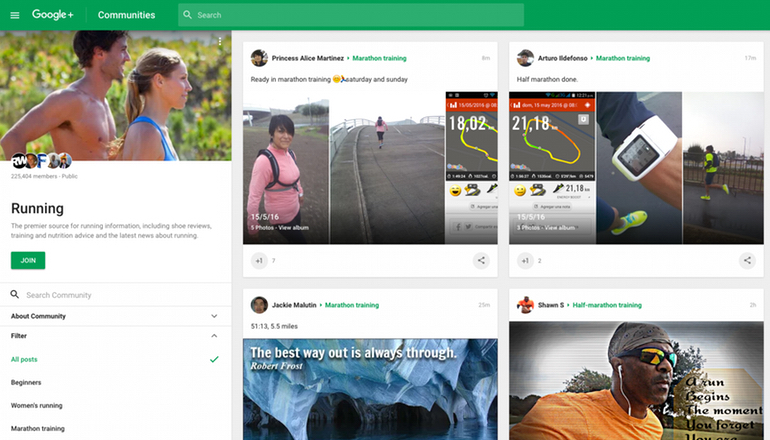
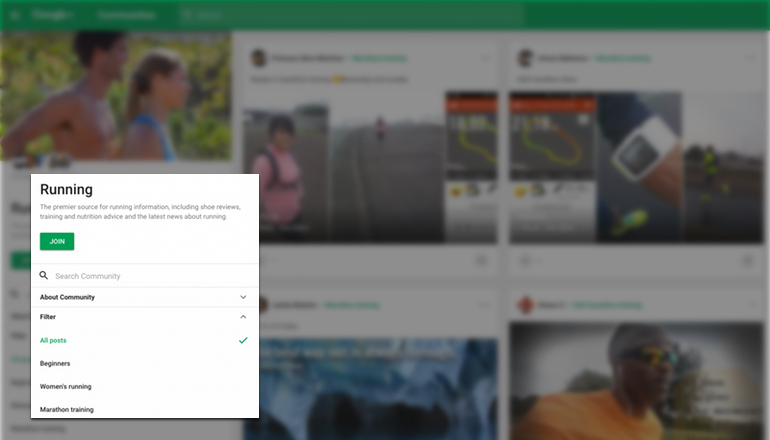
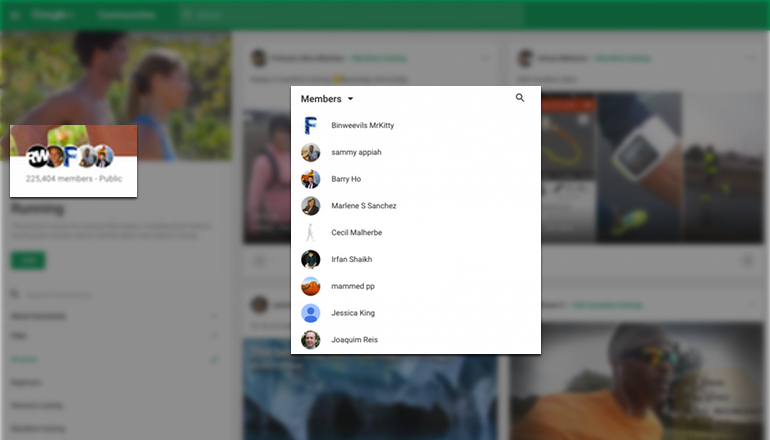
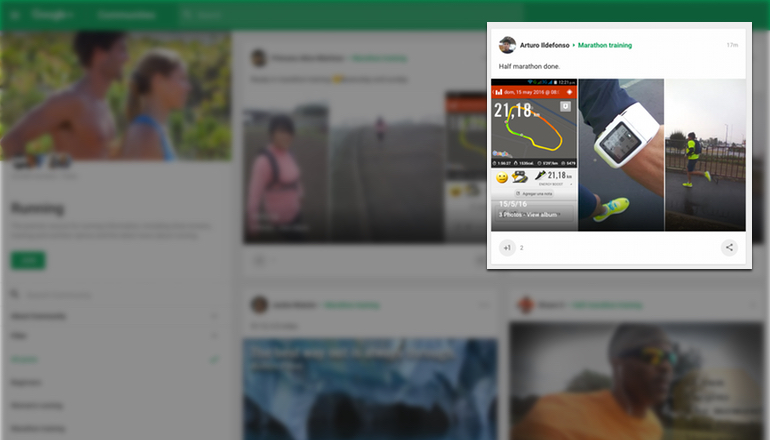
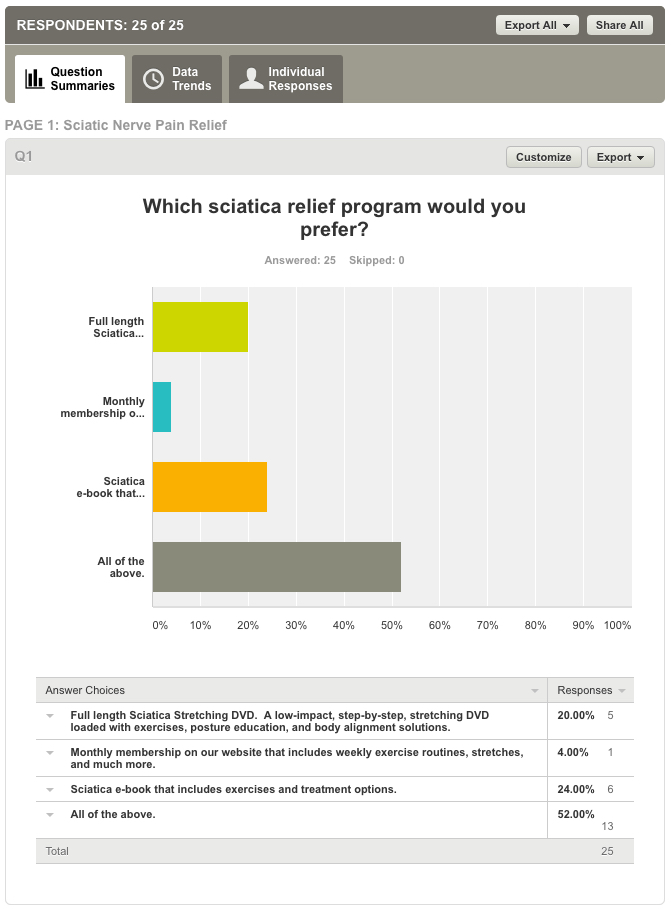

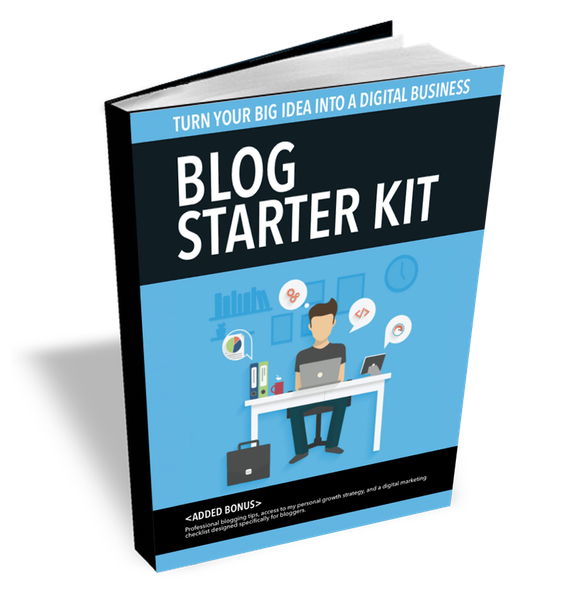


0 Comments